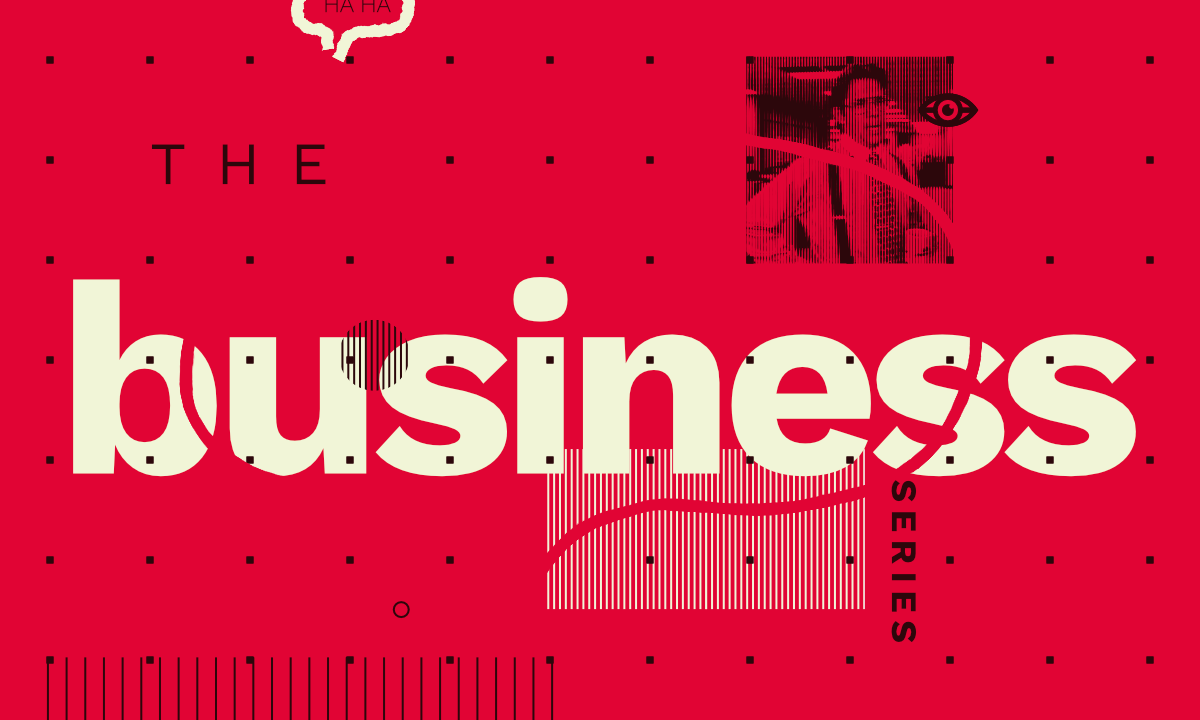It’s clear that something is in the air. Every week there are news stories about a tech company laying off 10–15% of their workforce. While the cuts impact the entire business, there is no disputing that product disciplines (UX, Product, and even Engineering to some extent) have been hit particularly hard. On top of it all, companies have been particularly slow to rehire for those roles. While there is some element of a market correction to these layoffs, they largely represent businesses making short-term decisions to improve the optics on balance sheets for investors and shareholders.
Many people are feeling the pain of these layoffs, and let me be very upfront: I don’t think it’s designers’ fault that they have fallen victim to economic circumstances and short-sighted decision-making. Our remit has been clear for many years in that we have been tasked with being the voice of the user and the voice of the customer. We have had the responsibility of figuring out (and often guessing) what our users need, and then designing experiences that meet those needs—as long as those needs align with what product leadership wants. In many situations, this puts designers in a challenging spot of having to advocate for product experiences that users want or need even if they’re not what a business leader has decided is important because we’ve been educated and sold on the line that if companies build things that users want then the money will follow.
If designers bear the fault for anything—myself included—it’s the heady optimism that others would see the value in our point of view if given enough time and convincing. In that regard, the last two years have been a cold shower of a wake-up call. While that optimism isn’t a sin, we have failed to adequately plan for the scenario that many of us find ourselves in.
Dealing with a layoff
I’ve been a designer for more than two decades. In that time, I’ve been laid off 3.5 times (yes, .5. It’s a long story. Buy me a coffee and we’ll talk.). Each time it’s happened, it’s been painful. Only a couple of those times did I see it coming. For anyone that’s been laid off in the past two years: it sucks and I feel you. I hate that you/we are having to go through this and I wish it could be any other way.
While we may not be responsible for being laid off, we are responsible for what comes next. Each time I’ve been through this, I get to the point where I can harness a negative experience into an opportunity. And indeed one of the things that I pride myself on is resiliency.
After I collected myself from the latest layoff, the first thing that I decided to do was start a user experience and leadership consultancy—Ira Cummings Studio. If you’re here reading this, then you might be somewhat familiar with what I’ve been doing, partnering with companies to help them move faster, innovate with less risk, and accelerate product/market fit. It’s been an amazing challenge, with more to say in the coming months.
Another one of the things that I’ve been working on is up-skilling my product and business knowledge. To be honest, I’ve been working on this for several years but I’ve been able to lean in during the past few months. I’ve poured over many resources and accumulated some useful knowledge.
A new series on business concepts
I’d like to take this opportunity to give back by sharing some of this knowledge, as well as the resources that I’ve gleaned from. To that end, I’m going to kick off a series of posts about business or product terminology that I’ve found helpful in my work. While I may unpack some of these terms from a designer’s point of view, I intend to keep these posts low on jargon. They should be helpful to those getting started in any product discipline or wanting to acquire more tools to be more effective in their work. I hope that this knowledge will help you be more resilient in your careers.
I want to start with posts on business structures, some financial terminology that everybody should know, and then pick apart some common concepts around product development that are particularly ambiguous. I don’t have it all worked out though and I’d like to respond to what people find valuable. What are the most confusing or ambiguous business and product concepts that you’ve struggled with? Reach out to me on Mastodon or here and let me know.

No Comments.